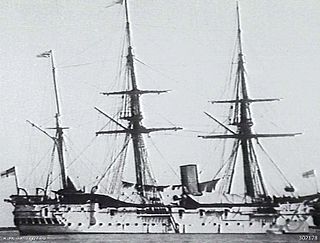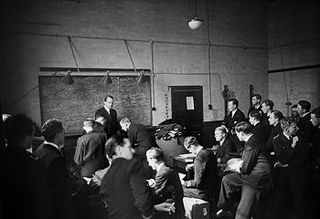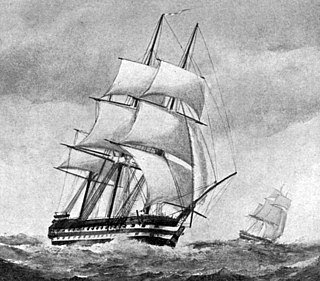Related Research Articles
At least five ships and one shore establishment of the Royal Navy have been named HMS Warrior:
Four ships and a shore establishment of the Royal Navy have been named HMS Conway after the River Conwy in North Wales, formerly known by its English name of Conway. Two were launched as Conway, while another two were renamed:
Eight ships of the Royal Navy have been named HMS Dryad, after the tree nymphs of Greek mythology.
Ten ships of the Royal Navy have been named HMS Lightning.
Sixteen vessels and two shore establishments of the Royal Navy have been named HMS Phoenix, after the legendary phoenix bird.
Six ships and two shore establishments of the Royal Navy have been called HMS Temeraire. The name entered the navy with the capture of the first Temeraire from the French in 1759:
Twelve ships and two shore establishments of the Royal Navy have been named HMS Defiance. Others have borne the name whilst serving as depot ships and tenders to the establishments:
Nine ships of the Royal Navy have been named HMS Emerald.

HMS Dido was an Eclipse-class wooden screw sloop built for the Royal Navy in 1869. She was the fourth ship of the Royal Navy to bear the name. She was reclassified in 1876 as a corvette, and in 1906 renamed Actaeon II. She served as a mine depot ship and was merged into the Torpedo School at Sheerness, being sold for breaking in 1922.
Six ships and a shore establishment of the Royal Navy have borne the name HMS Actaeon or HMS Acteon, after Actaeon, a figure in Greek mythology:
Eight ships of the Royal Navy have borne the name HMS Ariadne, after the Greek goddess:
Seventeen ships of the Royal Navy have borne the name HMS Mercury, or HMS Mercure, after the God Mercury, of Roman mythology:

HMS Vernon was a shore establishment or "stone frigate" of the Royal Navy in Portsmouth. Vernon was established on 26 April 1876 as the Royal Navy's Torpedo Branch also known as the Torpedo School, named after the ship HMS Vernon which served as part of its floating base. After the First World War, HMS Vernon moved ashore, taking over the Gunwharf site, where it continued to operate until 1 April 1996, when the various elements comprising the establishment were split up and moved to different commands.

HMS Donegal was a 101-gun screw-driven first-rate ship of the line of the Royal Navy, launched on 23 September 1858 at Devonport Dockyard.

HMS Marlborough was a first-rate three-decker 131 gun screw ship built for the Royal Navy in 1855. She was begun as a sailing ship of the line, but was completed to a modified design and converted to steam on the stocks.
Two ships of the Royal Navy have been called HMS Sabine after the ancient Italian tribe:

The Conqueror-class ships of the line were a class of two 101-gun first rate screw propelled ships designed by the Surveyor’s Department for the Royal Navy.
Several ships and shore establishments of the Royal Navy have borne the name HMS Medina, after the River Medina on the Isle of Wight:

HMS Vernon was a 50-gun fourth rate launched in 1832. She became tender to the Navy's gunnery school HMS Excellent, and then the torpedo school ship in 1876. She was renamed HMS Actaeon in 1886 and sold in 1923.
HMS Ariadne was a 26 gun Walker screw frigate of the Royal Navy in service from 1859 to 1873. After decommissioning in 1873 it became a shore station from 1884 to 1905 and training hulk from 1905 to 1922.
References
- Colledge, J. J.; Warlow, Ben (2006) [1969]. Ships of the Royal Navy: The Complete Record of all Fighting Ships of the Royal Navy (Rev. ed.). London: Chatham Publishing. ISBN 978-1-86176-281-8.